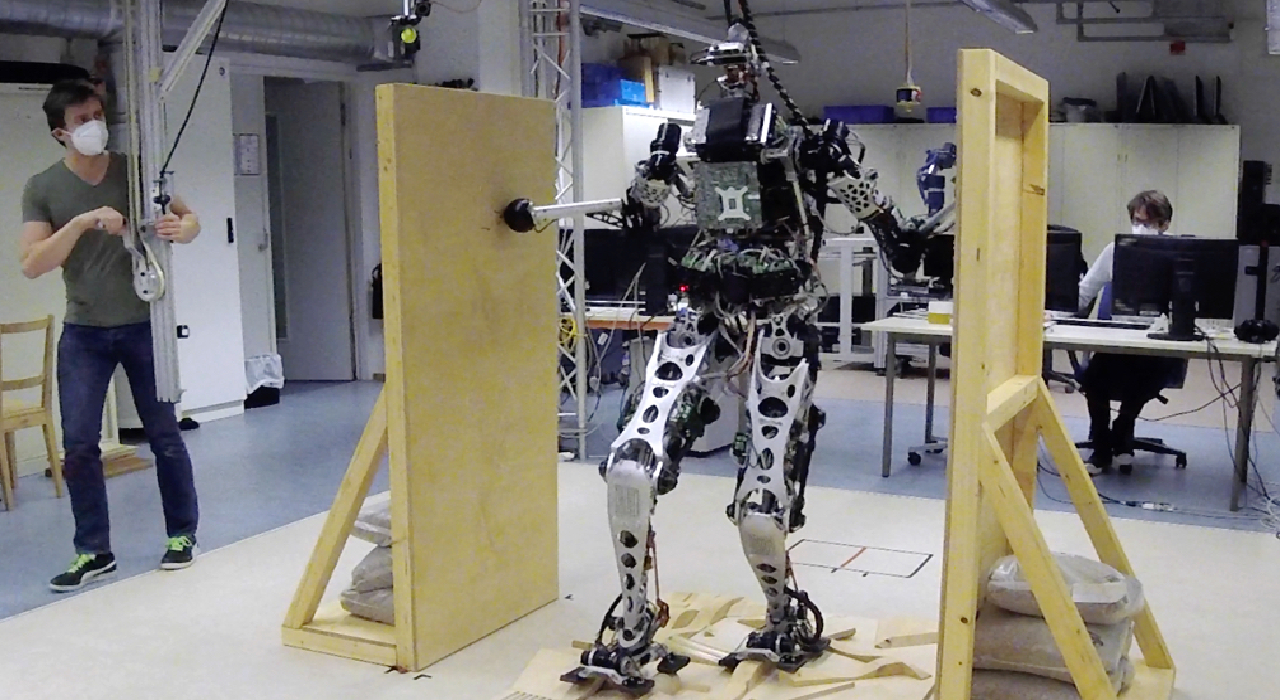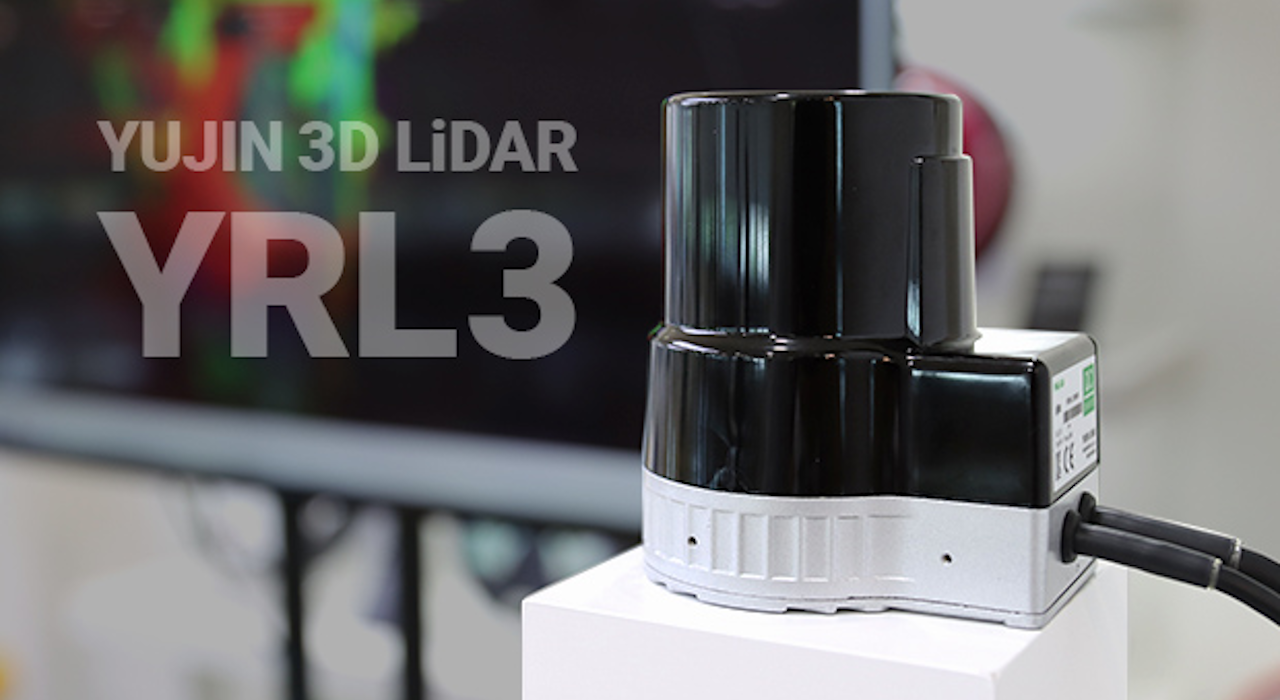Bipedal Robots Are Learning To Move With Arms as Well as Legs

Multi-contact locomotion helps humans get around tricky environments, and it’s a skill robots are starting to learn
Most humans are bipeds, but even the best of us are really only bipeds until things get tricky.
Most humans are bipeds, but even the best of us are really only bipeds until things get tricky. While our legs may be our primary mobility system, there are lots of situations in which we leverage our arms as well, either passively to keep balance or actively when we put out a hand to steady ourselves on a nearby object. And despite how unstable bipedal robots tend to be, using anything besides legs for mobility has been a challenge in both software and hardware, a significant limitation in highly unstructured environments.
Roboticists from TUM in Germany (with support from the German Research Foundation) have recently given their humanoid robot LOLA some major upgrades to make this kind of multi-contact locomotion possible. While it’s still in the early stages, it’s already some of the most human-like bipedal locomotion we’ve seen.
It’s certainly possible for bipedal robots to walk over challenging terrain without using limbs for support, but I’m sure you can think of lots of times where using your arms to assist with your own bipedal mobility was a requirement. It’s not a requirement because your leg strength or coordination or sense of balance is bad, necessarily. It’s just that sometimes, you might find yourself walking across something that’s highly unstable or in a situation where the consequences of a stumble are exceptionally high. And it may not even matter how much sensing you do beforehand, and how careful you are with your footstep planning: there are limits to how much you can know about your environment beforehand, and that can result in having a really bad time of it. This is why using multi-contact locomotion, whether it’s planned in advance or not, is a useful skill for humans, and should be for robots, too.





